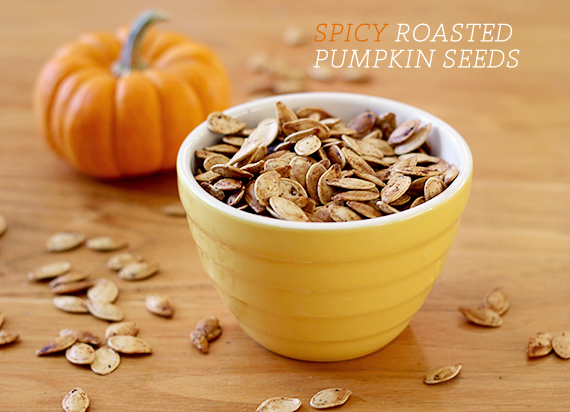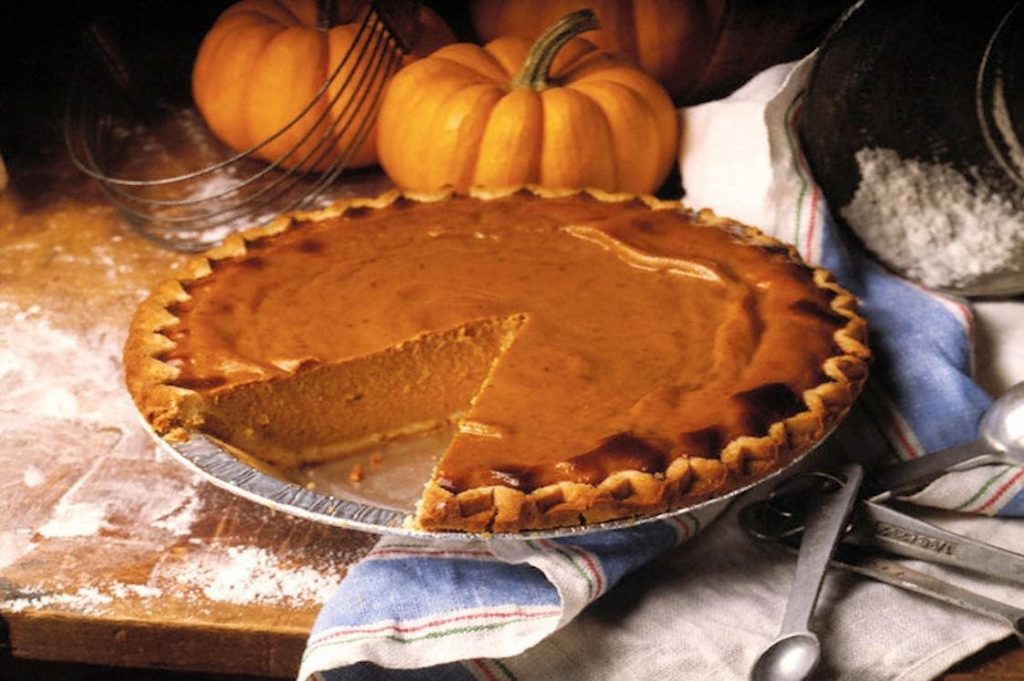by Sharon Quercioli
The story of Cinderella wouldn’t be the same without that pumpkin that turned into a coach to take her to Prince Charming’s ball, so it’s fitting that the fairy tale was the first time the word “pumpkin” was used in the form we know it today.

The wonderful days of autumn are upon us. Having grown up in Ohio, this special time of year brings back many rich and wonderful memories…leaves changing, hot apple cider…and Halloween. Thanks to my dad and brother Ron, our house was always the most decorated in the neighborhood with all kinds of spooky looking stuff: skeletons, monsters, cobwebs and, of course, scary music. Dad and Ron were always dressed in the scariest looking costumes you’ve ever seen. They were so scary looking that some of the younger kids in the neighborhood were too frightened to visit our house! Then there was Louie, my adorable Shih-Tzu, who would run to the door with a plastic pumpkin full of candy every time the doorbell rang. These precious memories come alive every Halloween.
And while this season of goodies and goblins is sure to include a pumpkin or jack-o-lantern or two, before you trash that carved pumpkin on your porch, think again. The pumpkin has much more to offer than crooked smiles and a menial filling for holiday pies. Pumpkin is one of the most nutritional foods available year-round. Rich in antioxidants, vitamins, and minerals, both the flesh and seeds of the pumpkin provide many health-boosting nutrients.

Health Benefits of Pumpkin
Alpha-carotene and beta-carotene are potent antioxidants found in pumpkin, as are pro-vitamin A carotenoids. Vitamin A promotes healthy vision and ensures proper immune function. The beta-carotene in pumpkin may also reverse skin damage caused by the sun and act as an anti-inflammatory. Alpha-carotene is thought to slow the aging process, reduce the risk of developing cataracts, and prevent tumor growth. Carotenoids also boost immunity and lessen the risk of heart disease.
Pumpkin is an excellent source of fiber; one-half cup serving contains 5 grams. Fiber helps reduce high blood pressure and lower bad cholesterol levels, protect the body against heart disease, control blood sugar levels, promote healthy digestion and assist in weight loss. The vitamin C in pumpkin boosts immunity and aids in reducing the risk of heart disease and in lowering high blood pressure and cholesterol levels. Pumpkin is also a good source of vitamin E, which promotes healthy skin by protecting the body from sun damage and may reduce the risk of Alzheimer’s disease and certain cancers. The potassium found in pumpkin is necessary for energy production and aids in balancing fluid levels in the body, as well as promoting strong bones. Pumpkin is also rich in magnesium, which aids the body in hundreds of functions, including promoting a healthy immune system, contributing to bone strength, and normalizing heart function. Pantothenic acid, or vitamin B5, is also found in pumpkin. Vitamin B5 helps balance hormone levels and manage stress. Then again, the vegetable has a laxative action, being useful in cases of dyspepsia and constipation. Pumpkin juice is also useful in cases of insomnia, having several sedative properties.

Pumpkin Seeds
While pumpkin flesh is nutrient-rich, pumpkin seeds also contain essential vitamins and minerals for the strongest therapeutic effects. Pumpkin seeds are a good source of vitamin E, iron, magnesium, potassium, zinc, and an excellent plant-based source of omega-6 and omega-3 fatty acids. These help in eliminating intestinal parasites, cleaning blood vessels, adjusting cholesterol levels and stimulating kidney activity. In treating cancer, leukemia, sclerosis, or various diseases hard to cure, pumpkin seeds have an energizing role.
How to Use Pumpkin
Fresh pumpkins are typically only available during fall and early winter; however, canned pumpkin is just as nutritious as fresh. Fresh pumpkin or canned pumpkin puree can be used to make soups, muffins, breads, puddings, and smoothies. Pumpkin seeds can be eaten as a snack, used to top salads, or added to sautéed vegetables.

Yummy Pumpkin Pie
Ingredients:
- 15 oz canned pumpkin (or you can use homemade pumpkin)
- 2 tbsp whipped butter, softened
- 3/4 cup light brown sugar, unpacked
- 1 large egg
- 2 large egg whites
- 1/2 cup fat free milk
- 1/2 teaspoon ground cinnamon
- 1/2 teaspoon pumpkin pie spice
- 1/4 teaspoon ground nutmeg
- 1 tsp vanilla extract
- 1 frozen pie crust sheet, Pillsbury (thawed to room temperature)
Preheat oven to 350° F.
Lightly dust your flat surface with flour. Roll out a room temperature pie crust, and place into a 9-inch pie dish.
Place canned pumpkin or pumpkin puree in a large bowl. Add butter, and mix well. Mix in brown sugar, eggs, egg whites, milk, pumpkin pie spice, nutmeg, cinnamon, and vanilla. Beat on medium speed until mixture is smooth. Pour filling into unbaked pie crust.
Bake about 70 to 75 minutes, or until knife inserted in center comes, out clean. Serve with whipped cream if desired. Enjoy!
